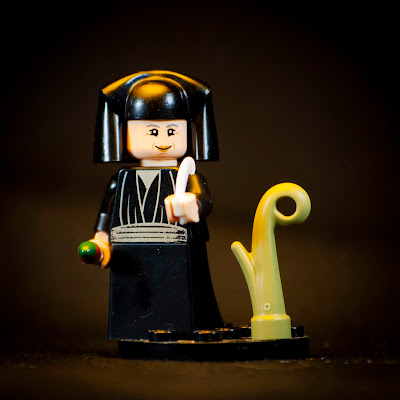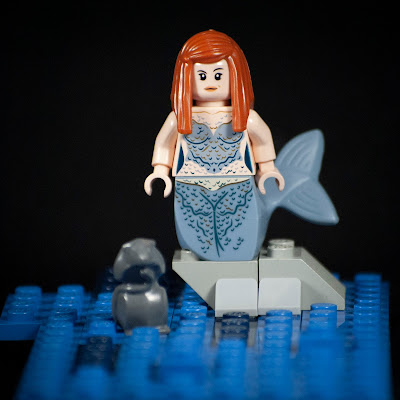St. Gertrude of Nivelles
St. Gertrude of Nivelles shares her feast day with the much more well-known St. Patrick on March 17, but any fans of cats will be interested to learn about her, as that is one of the areas over which she is a patron. She is also a patron of several Belgian and Dutch towns, as well as the Canons Regular of the Order of the Holy Cross, a religious order more commonly known as the Croziers.
Lifetime: 628-659
Region: Austrasia (modern Belgium and Netherlands)
Patronages: Cats; Travellers; Gardeners; Mental illness
Iconograpy: Cat or mice/rats; Flowers; Benedictine habit
Feast Day: March 17
Region: Austrasia (modern Belgium and Netherlands)
Patronages: Cats; Travellers; Gardeners; Mental illness
Iconograpy: Cat or mice/rats; Flowers; Benedictine habit
Feast Day: March 17
Before her father could force her into an arranged marriage as she came of age, he died. Her mother, afraid that men would want to violently claim Gertrude, shaved the girl's head in the tonsure style that marked many monks as such.
However, this didn't stop the suitors who hoped to marry Gertrude for both her beauty and the wealth that would be her dowry. To put a stop to this once and for all, Gertrude's mother founded a monastery, the Abbey of Nivelles, which both she and Gertrude joined.
After her mother's death, Gertrude became Abbess of the monastery. As Abbess, Gertrude was well-known for being intelligent and scholarly, memorizing most of the bible as well as other theological works. She also devoted herself to the sick, the elderly, and the poor. She built churches, and cared for orphans and widows, prisoners and foreigners, lay people and pilgrims. Many Irish pilgrims would stay at her monastery on the way between their home and Rome.
Several miracles are attributed to Gertrude during her life. Once, praying at the altar of a martyr, a bright ball of flame appeared over her head, burning nothing, but illuminating the entire chapel.
Another time, a visitor to the monastery was sailing when their ship was wracked by storms and besieged by a sea monster. The sailor begged for Gertrude's aid, and though she was many miles away, the storms instantly stopped and the monster descended back into the deep.
It's unknown exactly how Gertrude came to be connected to cats. Some stories say she prayed away a plague of mice, which drew parallels to cats as famous mouse-chasers. Others say that she was known for praying for the souls of those in Purgatory, and ancient icons would use mice to represent those souls. Some claim that waters from her well baked into bread will repel rodents, while still others say simply that her monastery kept cats in order to keep away the rodents. In any case, the connection is now well-established, and icons of Gertrude often contain either cats or rodents of some kind.
Gertrude was prophesied to by a friend that she would die on the feast day of Saint Patrick, painlessly and with joy. Gertrude stayed up all night praying the evening before her death, and received communion one last time. She instructed her fellow nuns to bury her in a habit left behind by a traveller and the hair shirt she had worn in penitence much of the later years of her life.






